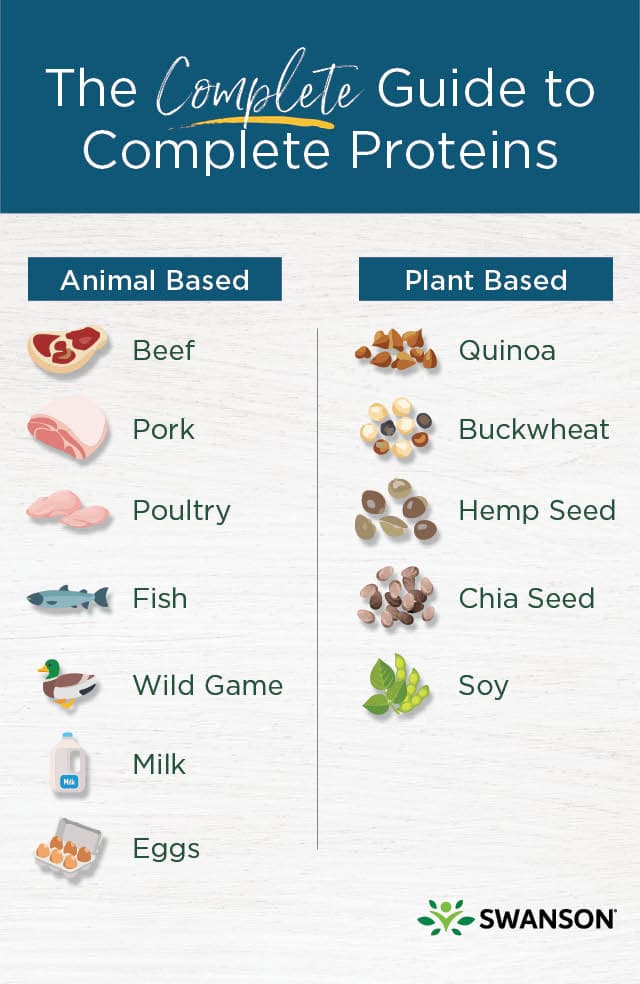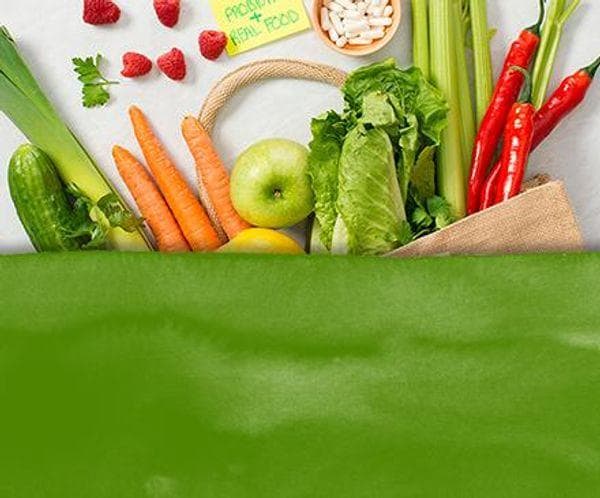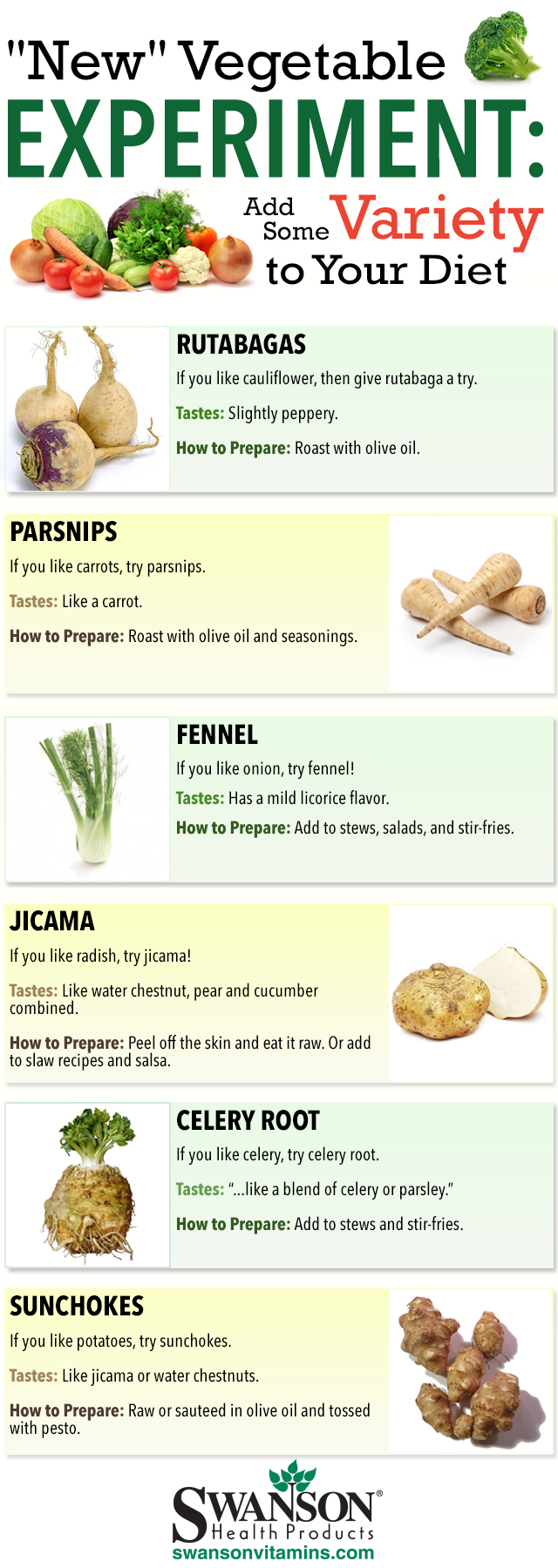Complete Proteins for Overall Health
“Complete protein” certainly sounds like something we should be getting more of in our diets, and you’ve probably heard the term in the media before. But do you know what a complete protein is? Our simple guide will spell it out for you and let you know what your best food sources of complete protein are!
It’s important to note that there are lots of great protein sources for meat eaters and vegetarians/vegans alike. However, this article will exclusively focus on foods that are complete proteins on their own, not general protein sources.
What are Complete Proteins?
Proteins are an essential part of our bodies. Protein is part of every cell, organ and tissue. The building blocks of protein are amino acids.
There are 20 different amino acids that combine in different ways to make all types of protein. Some amino acids can’t be produced by our bodies; they must be consumed. These are the essential amino acids.1
Protein sources are grouped into one of two categories based on the amino acids they contain.
- Complete protein sources provide all nine essential amino acids that our bodies can’t produce on their own.
- Incomplete protein sources are low in one or more of the essential amino acids. However, incomplete proteins can be complementary, meaning that two or more incomplete protein sources can be eaten to provide an acceptable amount of all essential amino acids.2
Nine Essential Amino Acids
Here is a listing of the nine essential amino acids which our bodies do not produce on their own:3
1. Tryptophan
2. Methionine
3. Leucine
4. Threonine
5. Lysine
6. Phenylalanine
7. Histidine
8. Valine
9. Isoleucine
Where Can I Find Complete Proteins?
There are numerous food sources that are considered complete proteins. Your best bet for complete proteins are animal-based products. Unfortunately, most plant proteins are incomplete and lack sufficient amounts of one or more of the essential amino acids. There are, however, some really great plant-based sources of other essential amino acids as well.
- Animal-Sourced Complete Proteins: Meat (from cows, pigs, poultry or wild game), fish, milk and eggs all contain quality levels of the nine essential amino acids.
- Other plant-Based Sources of Complete Proteins: whole grains, legumes, nuts, spinach, broccoli and mushrooms4
How Much Complete Protein Do I Need?
The Recommended Dietary Allowance (RDA) for daily protein is 46 grams for women and 56 grams for men.5 Protein should account for between 10-35% of daily calories. However, these numbers may vary depending on activity level and other dietary needs.
What about the essential amino acids? Well, the good news is that if you’re eating a varied diet with enough protein, you should be getting enough of the essential amino acids.
There’s no reason to worry too much about complete protein intake so long as your diet is varied. Why? Because you only need to get sufficient amounts of the essential amino acids every day, not every meal.
A varied, plant-based diet should provide your daily amino acids without much effort. Just as one example, rice and beans are two popular incomplete proteins that complement each other, providing all essential amino acids.
If you're concerned that your healthy diet may have some nutritional gaps when it comes to protein, there's good news! Protein supplements are available to help fill those gaps. These range from whey protein powders to plant-based pea protein supplements. There are even specialy protein formulas available for seniors or those with certain dietary sensitivities.
Whatever you're looking for when it comes to complete protein nutrition, we've got you covered!
Always serving our customers,
Your friends at Swanson
*These statements have not been evaluated by the Food and Drug Administration. These products are not intended to diagnose, treat, cure, or prevent any disease.
____________________________________________________________________________________Sources
1. Amino Acids. Cleveland Clinic. Read source
2. The Difference Between Complete and Incomplete Proteins. WebMD. Read source
3. Amino Acids. MedlinePlus. Read source
4. Incomplete vs. Complete Protein. Everyday Health. Read source
5. How Much Protein? SCL Health. Read source
Updated 3/28/22




